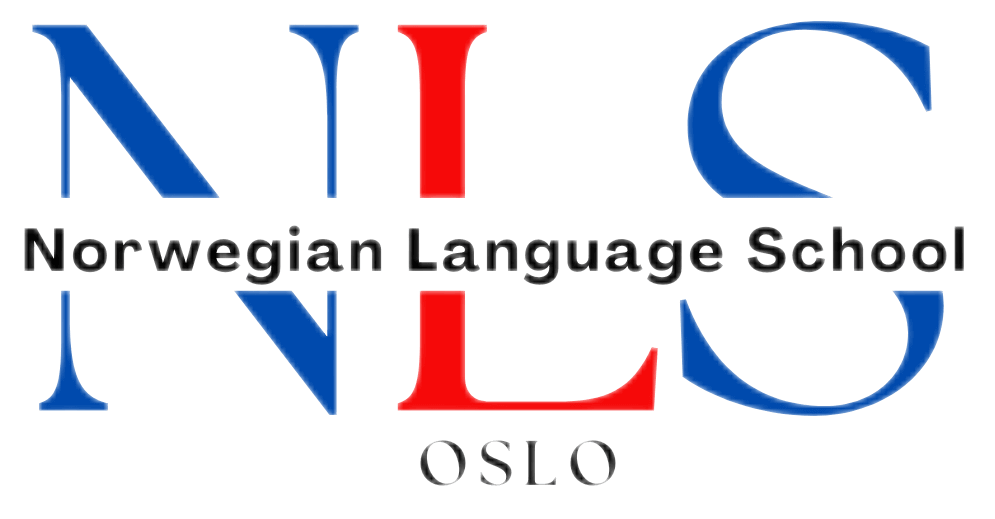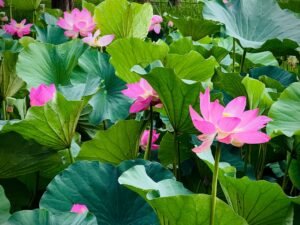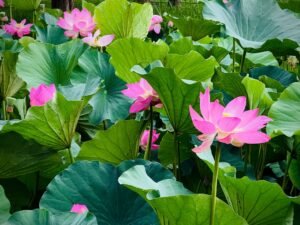
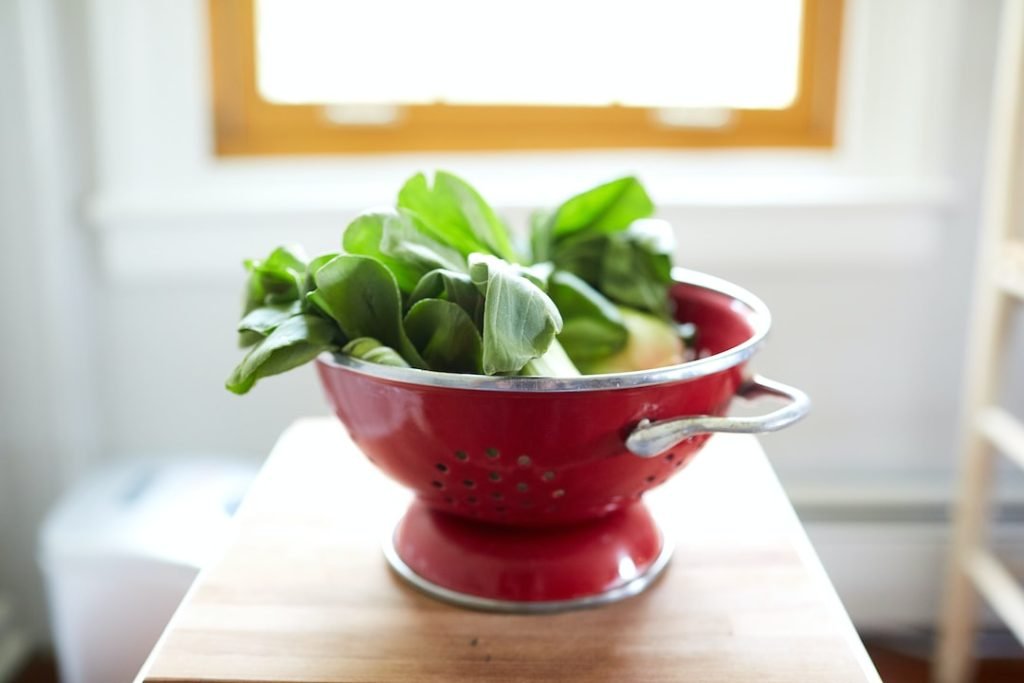
Building Vocabulary for Norwegian Traditional Cooking and Recipes
Vocabulary plays a crucial role in cooking, as it is the foundation for understanding and executing recipes. In traditional Norwegian cooking, having a strong vocabulary is especially important, as it allows you to fully grasp the techniques and ingredients used in these dishes. Whether you are a beginner or an experienced cook, building your vocabulary for traditional Norwegian cooking can greatly enhance your culinary skills and enable you to create authentic and delicious dishes.
The focus of this blog post is to provide you with the tools and resources necessary to build your vocabulary for traditional Norwegian cooking and recipes. By expanding your knowledge of Norwegian culinary terms, you will be able to navigate Norwegian cookbooks, food blogs, and other resources with ease. This will not only allow you to understand the recipes better but also give you a deeper appreciation for the rich culinary heritage of Norway.
Table of Contents
ToggleThe Benefits of Learning Norwegian for Cooking and Recipes
Learning Norwegian can have numerous benefits when it comes to understanding traditional Norwegian recipes and cooking techniques. By familiarizing yourself with the language, you will be able to decipher the instructions in cookbooks and online resources more effectively. This will enable you to follow the recipes accurately and achieve the desired results.
Additionally, being able to read and understand Norwegian cookbooks and food blogs opens up a world of culinary inspiration. You will have access to a wide range of traditional Norwegian recipes that may not be available in English translations. This will allow you to explore new flavors, ingredients, and cooking methods that are unique to Norway.
Norwegian Classes for Building Vocabulary
If you are serious about building your vocabulary for traditional Norwegian cooking, enrolling in a Norwegian language class that focuses on culinary terms can be highly beneficial. These classes are specifically designed to teach you the vocabulary and phrases commonly used in cooking and recipes.
By taking a structured class, you will receive guidance from experienced instructors who can provide explanations and answer any questions you may have. You will also have the opportunity to practice speaking and listening to Norwegian, which will further enhance your language skills.
Norwegian Language Schools: Options for Immersion Learning
For those who are looking for a more immersive language learning experience, Norwegian language schools that offer immersion programs can be a great option. These programs provide a comprehensive approach to learning the language, allowing you to fully immerse yourself in the Norwegian culture and language.
By participating in an immersion program, you will have the opportunity to practice your vocabulary skills in real-life situations. This can include interacting with locals, ordering food at restaurants, and exploring local markets. Immersion learning not only helps you build your vocabulary but also gives you a deeper understanding of Norwegian culture and traditions.
Tips for Learning Norwegian Vocabulary for Cooking and Recipes
Learning a new language can be challenging, but with the right strategies, it can also be enjoyable and rewarding. Here are some practical tips for building your vocabulary for cooking and recipes in Norwegian:
1. Use flashcards: Create flashcards with Norwegian culinary terms on one side and their English translations on the other. Review these flashcards regularly to reinforce your vocabulary.
2. Practice with a language partner: Find a language partner who is also interested in learning Norwegian or is a native speaker. Practice speaking and listening to Norwegian together, focusing on cooking-related topics.
3. Watch Norwegian cooking shows: Watching Norwegian cooking shows is not only entertaining but also a great way to learn new vocabulary. Pay attention to the ingredients, techniques, and phrases used by the chefs.
Building Vocabulary through Reading Norwegian Cookbooks and Food Blogs
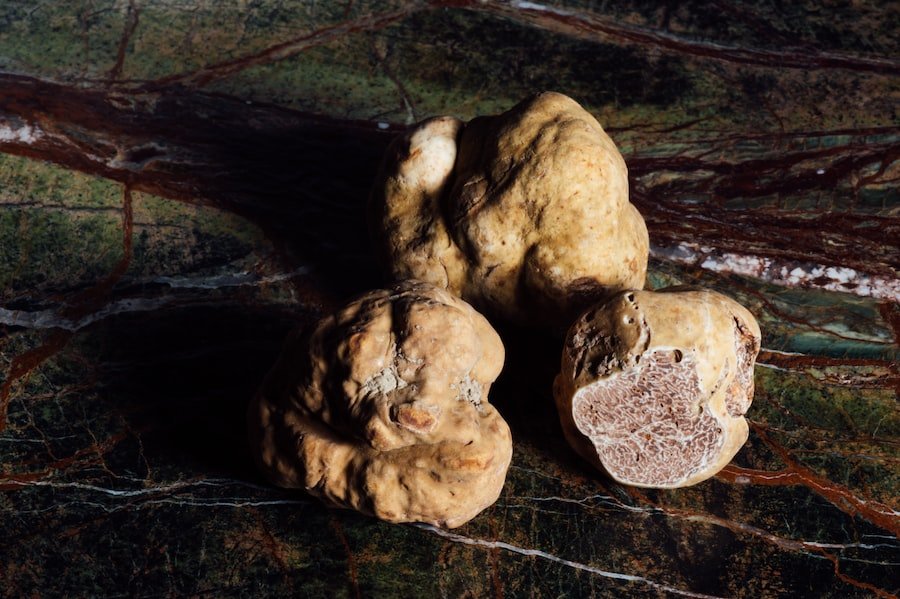
Reading Norwegian cookbooks and food blogs is an excellent way to build your vocabulary for traditional Norwegian cooking. These resources provide a wealth of information on traditional dishes, ingredients, and techniques.
Some popular Norwegian cookbooks that can help you expand your culinary vocabulary include “Norwegian Cakes and Cookies” by Sverre Saetre, “The Nordic Cookbook” by Magnus Nilsson, and “Scandinavian Comfort Food” by Trine Hahnemann. These books not only provide recipes but also offer insights into the cultural significance of Norwegian cuisine.
In addition to cookbooks, exploring Norwegian food blogs can also be a valuable resource for building your vocabulary. Blogs such as “The Norwegian American,” “North Wild Kitchen,” and “Outside Oslo” offer a wide range of recipes and articles that can help you deepen your understanding of Norwegian cooking.
Vocabulary Building Exercises for Norwegian Traditional Cooking
To further enhance your vocabulary for traditional Norwegian cooking, here are some vocabulary building exercises:
1. Matching exercise: Create a list of Norwegian culinary terms and their English translations. Mix them up and try to match the correct pairs.
2. Fill in the blanks: Take a traditional Norwegian recipe and remove some of the key culinary terms. Fill in the blanks with the correct Norwegian words.
3. Labeling exercise: Take a picture of a traditional Norwegian dish and label the ingredients and cooking techniques in Norwegian.
Norwegian Language Apps and Tools for Vocabulary Learning
In today’s digital age, there are numerous language learning apps and tools that can help you build your vocabulary for cooking and recipes in Norwegian. Some popular apps include Duolingo, Memrise, and Babbel, which offer interactive lessons and exercises specifically designed for language learners.
Additionally, online dictionaries such as Norsk-Engelsk Ordbok (Norwegian-English Dictionary) can be a valuable resource for looking up culinary terms and their translations. These tools can be accessed on your computer or smartphone, making it convenient to learn on the go.
Building Vocabulary through Cooking and Recipe Practice
One of the most effective ways to build your vocabulary for traditional Norwegian cooking is through hands-on practice. By actually cooking Norwegian dishes and following traditional recipes, you will not only reinforce your vocabulary but also develop a deeper understanding of the techniques and flavors used in Norwegian cuisine.
Consider hosting a Norwegian-themed dinner party where you can showcase your culinary skills and share traditional Norwegian dishes with friends and family. This will provide you with an opportunity to practice your vocabulary in a practical setting and receive feedback on your cooking.
The Rewards of Building Vocabulary for Norwegian Traditional Cooking and Recipes
Building your vocabulary for traditional Norwegian cooking and recipes is a rewarding endeavor that allows you to fully immerse yourself in the rich culinary heritage of Norway. By expanding your knowledge of Norwegian culinary terms, you will be able to understand and execute traditional recipes with confidence.
Whether you choose to take a structured language class, immerse yourself in a language school, or utilize online resources and tools, the benefits of building your vocabulary for Norwegian cooking are undeniable. Not only will you be able to create authentic and delicious dishes, but you will also gain a deeper appreciation for the culture and traditions that have shaped Norwegian cuisine. So, start building your vocabulary today and embark on a culinary journey through the flavors of Norway.
If you’re interested in expanding your vocabulary for Norwegian traditional cooking and recipes, you might also find this article on Norwegian vocabulary in the kitchen helpful. It provides a comprehensive list of kitchen-related words and phrases that will come in handy when exploring Norwegian culinary traditions. Check it out here.
FAQs
What is Norwegian traditional cooking?
Norwegian traditional cooking refers to the cuisine of Norway that has been passed down through generations. It includes dishes made from locally sourced ingredients such as fish, meat, potatoes, and vegetables.
Why is building vocabulary important for Norwegian traditional cooking?
Building vocabulary is important for Norwegian traditional cooking because it helps individuals understand the ingredients, techniques, and cultural significance of the dishes. It also allows individuals to communicate effectively with others about the cuisine.
What are some common ingredients used in Norwegian traditional cooking?
Some common ingredients used in Norwegian traditional cooking include fish (such as salmon and cod), meat (such as lamb and reindeer), potatoes, carrots, cabbage, and berries.
What are some traditional Norwegian dishes?
Some traditional Norwegian dishes include lutefisk (dried cod soaked in lye), rakfisk (fermented fish), fårikål (lamb and cabbage stew), kjøttkaker (meatballs), and rømmegrøt (sour cream porridge).
How can I build my vocabulary for Norwegian traditional cooking?
You can build your vocabulary for Norwegian traditional cooking by reading cookbooks, watching cooking shows, attending cooking classes, and practicing cooking Norwegian dishes. You can also research the ingredients and techniques used in Norwegian cuisine.
If you want to learn Norwegian, you can register for classes here. We look forward to hearing from you and helping you become fluent in Norwegian.
